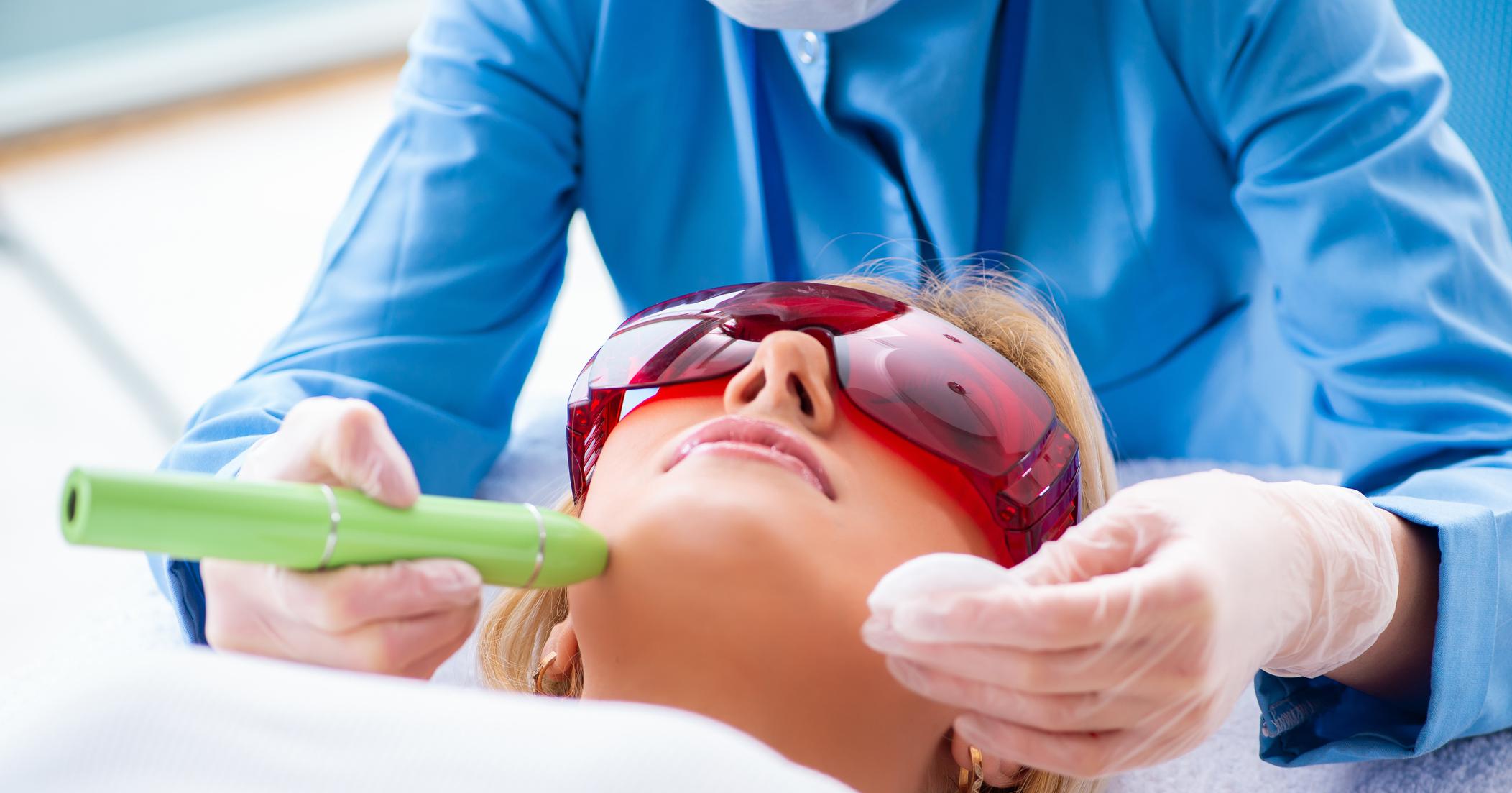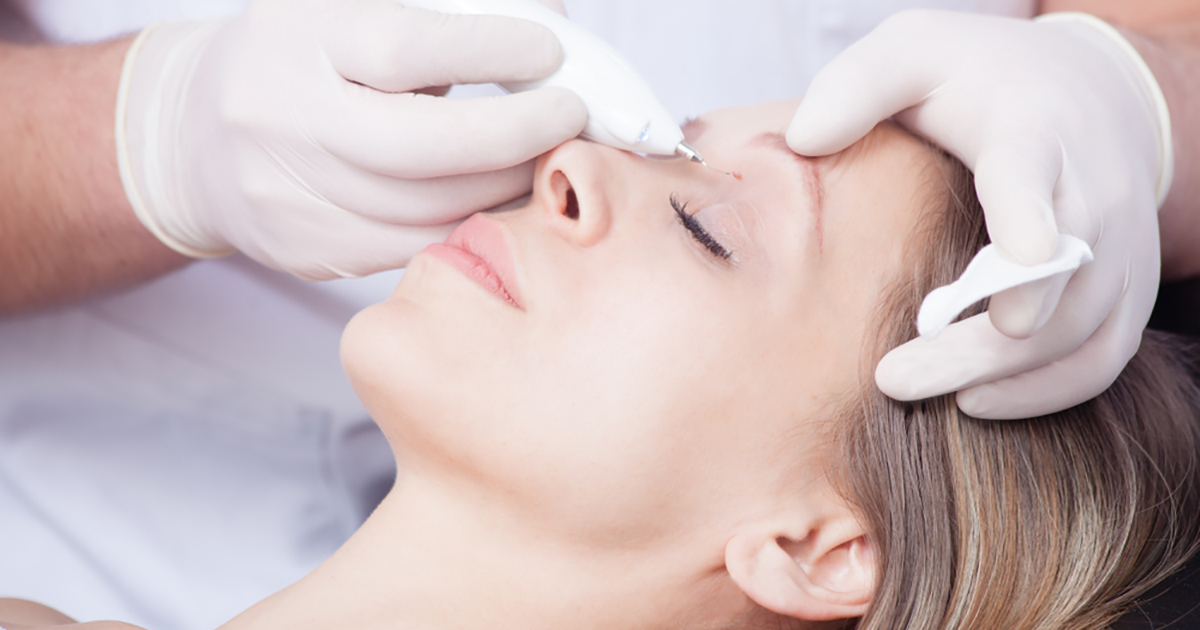Guide To Treating A Cherry Angioma
Individuals who have reached thirty years old or over and noticed an odd red dot on their skin might be understandably concerned. After all, that wasn't there before. The small red dot is called a cherry angioma, which is essentially a red mole or skin growth. The reason they're red is because of the small blood vessels collected within the growth. Luckily, the cherry angioma itself isn't cause for concern. Though if the growth starts to change sizes, color, and shape, patients should notify their doctor. For others, however, it's mostly a cosmetic concern.
Laser Surgery

One of the most effective options for having a cherry angioma removed is laser surgery. It's a relatively quick procedure requiring very little downtime, if any at all. The doctor will use a pulsed dye laser, which uses a specific color to hone in on the designated area the doctor wants to destroy. In the case of a cherry angioma, the laser will be yellow. This color is attracted to the red of the growth and basically destroys it without injuring the surrounding area. The laser uses heat to destroy the growth.
If patients have just one cherry angioma, they can have the surgery performed quickly and be on their way afterward. The most patients may notice as a side effect is slight bruising. Patients who have multiple cherry angiomas and want them removed may need a few treatments to treat them all. This is especially true if the cherry angiomas reside in a close-knit space. Regardless, laser surgery is an effective method to remove cherry angiomas.
Electrocauterization

Another method of treatment for cherry angiomas patients might consider is electrocauterization, which involves the use of electricity to heat the growth right off the body. While it is effective, it certainly isn't for the faint of heart. Luckily, the preparation for this surgery is quite easy. Patients basically need to make sure they don't take medication that can thin the blood for a few weeks before the surgery. Patients with anemia or a clotting disorder may want to pass on this form of surgery.
Like most surgeries, the doctor will instruct patients not to eat or drink anything a full day before their surgery. Once in the room, the doctor will place a grounding pad somewhere underneath the patient's body, typically the thigh. This is to make sure the rest of the body isn't electrocuted. The area of treatment will then be shaved and gelled to prevent burns. From there, the doctor will use a probe to send an electric current to the growth, which will be destroyed quickly.
